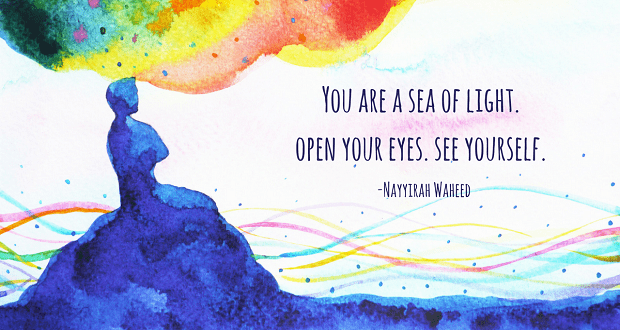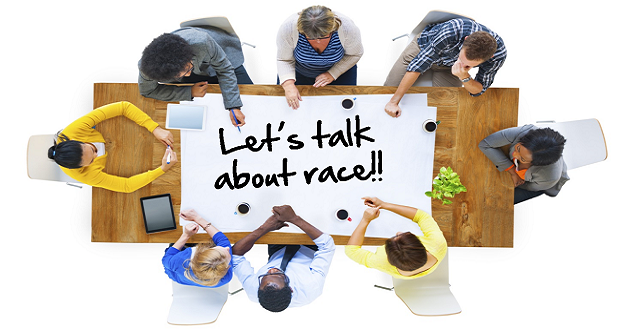
Throughout this series, we’ll be offering leaders and practitioners recommendations for actualizing racial justice within their diversity, equity, and inclusion strategy. Our intent is simple: to support our clients and readers in moving beyond the rhetoric and into sustainable action. This week, I offer our approach to embedding justice, among other social justice principles, to corporate DEI work. This involves a focus on Learning & Education, Internal Policies & Practices, and External Communications & Partnerships.
Additionally, our approach connects social justice principles to common organizational practices. While we recognize some social justice language may not be common in corporate environments, we believe the following components are critical to a strategy that closes the gap between organizational rhetoric (“saying”) and practice (“doing”).
We recognize social justice language may not be common in corporate environments, but believe certain language and approaches are critical to closing the gap between just saying, and DOING. Share on XSocial Justice Principles
Anti-Racism:
Historically, and within organizations, DEI work has focused on training and education. Likewise, anti-racism work has been misunderstood as passive efforts to address biases and discriminatory behavior (via training) without equal attention to challenging the organization’s culture, policies, and practices.
Anti-Racism is defined as the work of actively opposing racism by advocating for changes in political, economic, and social life.
Why is this core to our approach? Organizations who are committed to embedding racial justice into their DEI strategy must be proactive and willing to interrogate racism at all levels of system: interpersonal and intra-personal (via education and learning) and institutional (via cultural transformation).
Equity Centered Design:
A problem-solving and strategy development process based on equity, humility building, integrating history and healing practices, addressing power dynamics, and co-creating with the community.
Why is this core to our approach? It is common for new initiatives, strategies, and policies to almost always ideate ‘from the top’ as leaders and those in power are more likely to make the decisions. The flawed assumption here is that leaders inherently know what is best for their employees. This mindset can unintentionally result in practices, policies, and strategies that cause unintentional harm, negatively impact employees, or perpetuate emotional labor (in the future) when said practices don’t work and those most impacted are expected to “fix it.”
Justice:
Presence of systems and supports (e.g. policies, practices, norms) that achieve and sustain fair treatment, equitable opportunities, and outcomes for people of all races. Systematic, proactive reinforcement.
Why is this core to our approach? Organizations who are committed to approaching this work strategically must be willing to interrogate present day systems—policies, practices, norms—for differential impact across races. Where there are gaps in outcomes, leaders must be willing to not only correct them in the short term, but also implement accountability measures that ensure actions are sustainable and outcomes are transparent.
A Strategic Approach
Learning & Education
We recommend designing learning and education programs with the social justice model of “caucusing,” in mind. White people and people of color each have work to do separately and together to dismantle systems of racism. Caucuses provide spaces for people to work within their own racial/ethnic groups. For white people, a caucus provides time and space to work explicitly and intentionally on understanding white culture and white privilege, and to increase one’s critical analysis around these concepts. A white caucus also puts the onus on white people to learn from each other about these ideas, rather than relying on people of color to teach them (as often occurs in integrated spaces). For people of color, a caucus is a place to work with their peers on their experiences of interpersonal and internalized racism, for healing and to work on liberation.
We recommend designing learning and education programs with the social justice model of “caucusing,” in mind. White people and people of color each have work to do separately and together to dismantle systems of racism. Share on XWhat might this look like in practice?
- Black Employees Need Their Own Spaces. We have designed learning experiences and facilitated dialogue sessions that center the experiences and feelings of Black people within the organization. These sessions are most appropriate for Black employee resource groups, Black leaders and individual contributors to provide space to process the current climate, share their experiences being Black at work, co-create coping strategies, and share their perspectives on what a re-imagined just, equitable, workforce looks like to them. Findings from these meetings can also be used to define subsequent sessions.
- Being Anti-Racist Requires Greater Understanding and Action. We have also designed a series of learning sessions that introduce the history and theoretical underpinnings of white supremacy and racism, making the connection between the past and present day. This series of sessions also includes content that explores identity, power, privilege, and the role of self-understanding in one’s individual capacity to be anti-racist, and ultimately an ally.
- Leaders Play a Key Role. We have designed a series of learning experiences that underscore the role of leaders in creating a culture that not only espouses justice, but enacts it in daily behaviors, team norms, policies, and practices. These sessions apply a justice lens to the traditional behaviors that have been associated with inclusive leadership. The content positions leaders with the knowledge and skills to model bold, compassionate leadership and use their power in service of racial justice.
Internal Policies and Practices
Institutional Racism Usually Goes “Under the Radar.” Inquiry into HR data and employee experiences supports us in understanding how unintentional exclusion and racism persists in the organizational culture. Our cultural audit process leverages current engagement data and involves us collecting our own to assess the organization’s climate (e.g. focus groups, stakeholder interviews, The Winters Group’s Inclusion Insights Survey®) to better understand how employees experience your workplace. Our team of statisticians and analysts will utilize internal data to identify barriers and trends in hires, terminations, and promotions. We also examine internal policies and procedures to determine the existence of systemic barriers and gaps. This process also involves discovery and action-oriented strategy development sessions with key stakeholders: Executive Leadership, HR leaders, Talent Acquisition, Learning & Development, DEI Practitioners.
Institutional Racism Usually Goes “Under the Radar.” Inquiry into personnel data and employee experiences supports us in understanding how unintentional exclusion and racism persists in the organizational culture. Share on XExternal Communications & Partnerships
Language Matters in DEI Work. We have developed content that supports communications teams in growing in their understanding of the “Language of Justice.” This content offers tools for communications, social media, community engagement, and marketing leads to strengthen their understanding of social justice, equity, and racism and apply it to their day-to-day roles as storytellers, bridge builders, and content creators. These sessions can also be designed to support community engagement professionals with considerations for applying an equity and justice lens to their corporate philanthropic and partnership efforts.
This approach is critical to harnessing and sustaining the current momentum we’re experiencing around anti-racism and justice work within organizations. Over the past few weeks, we have seen an increase in client demand for keynote, ‘Town Hall’ discussions and content to introduce race, racial justice, and equity to organizations-at-large. We have and continue to caution client partners not to lean into “event-based” engagements as a one-off, “check-the-box” solution—it only perpetuates the problems we’re seeking to address. The recommendations above are grounded in the assumption that the organization is committed to an ongoing, developmental, strategic approach, and truly committed to moving beyond the rhetoric.
Download our Strategic Approach to Racial Justice and Equity here.



















